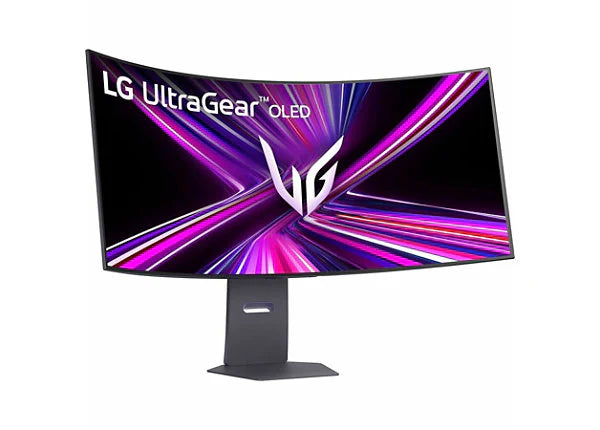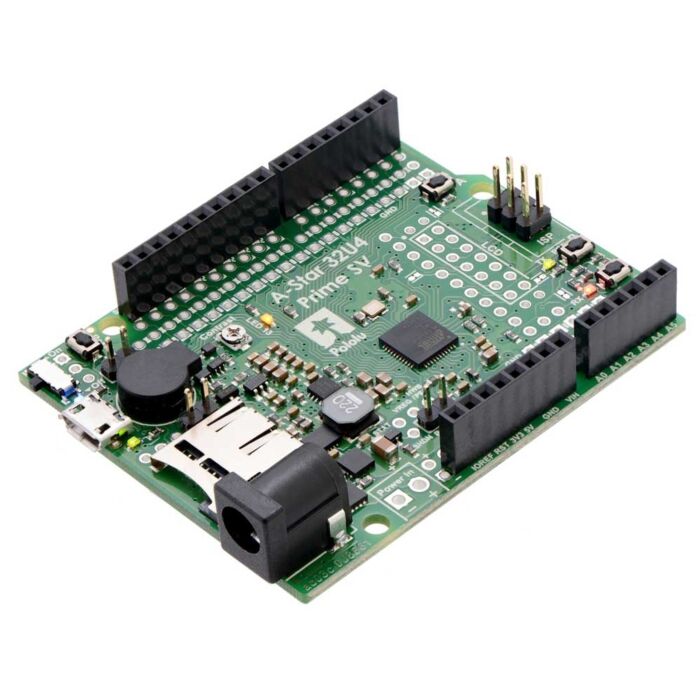PMOLED uses row-column addressing (no TFTs), driving pixels via AC pulses (~10V). Found in 0.96” 96x64 displays (150cd/m²), powering smartwatches/calculators with <5mA power, ideal for compact, low-info UIs due to simple, low-cost design.
How It Works
Imagine a display technology so fundamentally simple that it can be thinner and significantly cheaper than an LCD, yet still offer the perfect blacks and fast response of an OLED. That's the essence of Passive-Matrix OLED (PMOLED). Unlike the complex active-matrix backplanes powering your smartphone, a PMOLED panel operates on a strikingly straightforward principle of direct addressing. ount. In fact, over 90% of PMOLEDs shipped are for screens smaller than 2.7 inches, targeting applications where a full-color, high-resolution AMOLED would be overkill and cost-prohibitive. The global market for PMOLEDs is still a niche but vital segment, valued at around $1.5 billion, serving millions of units annually in sectors like wearables and industrial tools.
At its core, a PMOLED is a sandwich of organic emissive layers between two sets of perpendicular electrodes. The bottom substrate contains a series of striped anodes (the rows), while the top substrate holds the striped cathodes (the columns). Each intersection of a row and a column defines a single pixel. There is no thin-film transistor (TFT) to store a charge at each pixel—this is the critical difference from AMOLED. Instead, an external driver circuit takes direct control. This circuit sequentially scans the display, activating one row at a time for a minuscule duration, often in the range of 10 to 50 microseconds per line. When a specific row is energized, the controller simultaneously applies a current to the columns where pixels need to illuminate. The voltage differential at the intersections—typically between 3V and 10V—excites the organic material, causing it to emit light.
This scanning process creates a fundamental challenge known as the duty cycle. In a 100-row display, each pixel is only active for 1/100th of the frame time. To achieve a target brightness of 100 nits, the pixel must emit a blindingly bright flash of 10,000 nits during its brief window of activity.
The high instantaneous current required for brightness limits maximum size and resolution; practical PMOLEDs rarely exceed 128x128 pixels for monochrome and 96x64 for area color. The high current pulses also impact efficiency, with power consumption rising disproportionately as the display area increases. Furthermore, the constant on/off cycling can lead to a shorter operational lifespan compared to an AMOLED, typically rated at 10,000 to 20,000 hours to half-brightness, which is sufficient for many of its intended applications.
|
|
|
|
|---|---|---|
|
|
|
|
|
|
|
|
|
|
|
|
|
|
|
|
|
|
|
|
Consequently, while a PMOLED can achieve a respectable contrast ratio of 100,000:1 and a sub-1 microsecond response time that dwarfs any LCD, its electromechanical reality is defined by a trade-off between simplicity and scalability.
Where It's Used
While AMOLED dominates the high-end smartphone and television markets, accounting for over 70% of the premium display revenue, PMOLEDs thrive in applications where a sub-3-inch screen is sufficient and a bill-of-materials cost reduction of even 2.00 per unit significantly impacts the bottom line. Annual shipments for PMOLED panels are estimated to be in the range of 50-70 million units, firmly establishing it not as a legacy technology, but as a specialized tool for specific engineering challenges.
A typical fitness band might utilize a main 1.3-inch AMOLED for vibrant workout animations, but its always-on secondary display for showing the time and step count is frequently a monochrome PMOLED. This design choice is driven by power management; the PMOLED can be powered by a smaller battery, perhaps 150mAh instead of 300mAh, for the same 7-day standby time, because it only needs to refresh a handful of segments.
The lower cost of the PMOLED component, often 30-40% cheaper than a comparable AMOLED, allows manufacturers to allocate budget to other sensors like SpO2 monitors or GPS chips without increasing the final product's retail price beyond a key psychological threshold like $99. This same principle applies to smart rings, where the display real estate is minuscule—often less than 0.5 inches diagonally—and the primary requirement is ultra-low power consumption to achieve a 5-7 day battery life from a cell with a capacity under 100mAh.
A handheld multimeter or an industrial sensor transmitter requires a display that remains perfectly legible from -40°C to 85°C and is not susceptible to the image retention or slow response of cheaper LCDs. The sub-1ms response time of a PMOLED ensures that rapidly changing values, such as a voltage fluctuation measured at 1000 times per second, are displayed without blurring or ghosting. Medical devices like portable infusion pumps benefit from the high contrast ratio, which exceeds 100,000:1, ensuring that dosage information and alarm statuses are unambiguous under the bright lights of a hospital room, with viewing angles approaching 170 degrees.
The 50,000-hour operational lifespan of these displays translates to over 5 years of continuous use, a critical reliability metric for equipment that cannot fail. The total cost of ownership is further reduced because the simplicity of the PMOLED's design leads to a lower failure rate in the field, with a typical mean time between failures (MTBF) rating of over 80,000 hours.
Read more

Character OLEDs use I2C/SPI interfaces (100kHz/1MHz), paired with SSD1306/SH1106 controllers. Drive via 3-5V, ~20mA; initialize with commands (set contrast, display on), loading fonts for alphanume...

Character OLED modules support HD44780 protocols (parallel/I2C), using standard commands (cursor set, clear). Advanced features: 128x64 res, 1000:1 contrast, backlit control, blending legacy compat...



Leave a comment
This site is protected by hCaptcha and the hCaptcha Privacy Policy and Terms of Service apply.